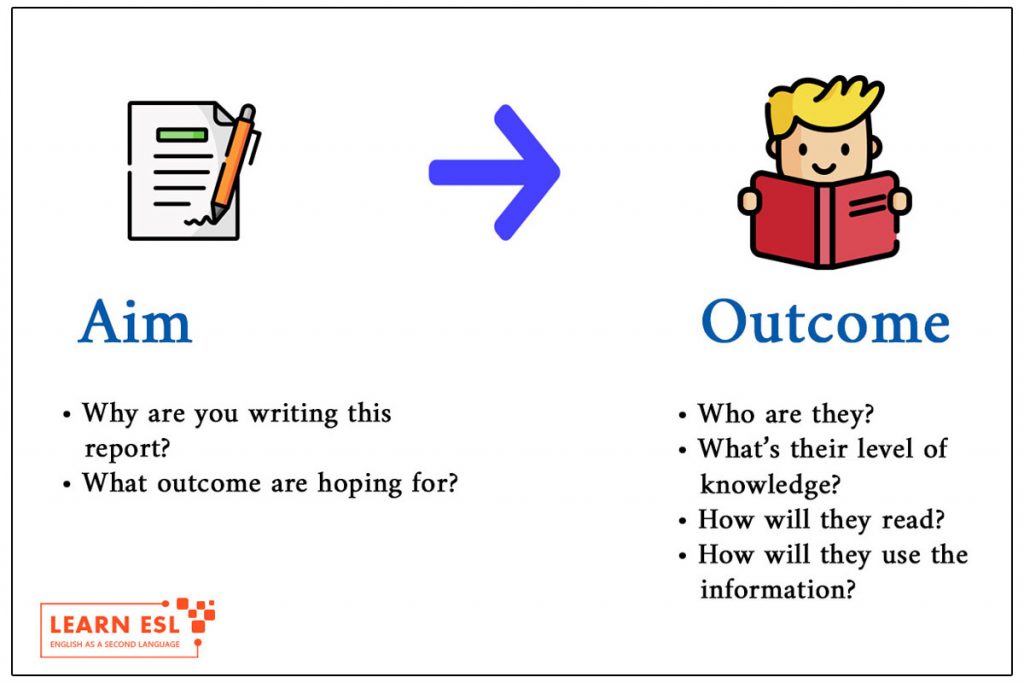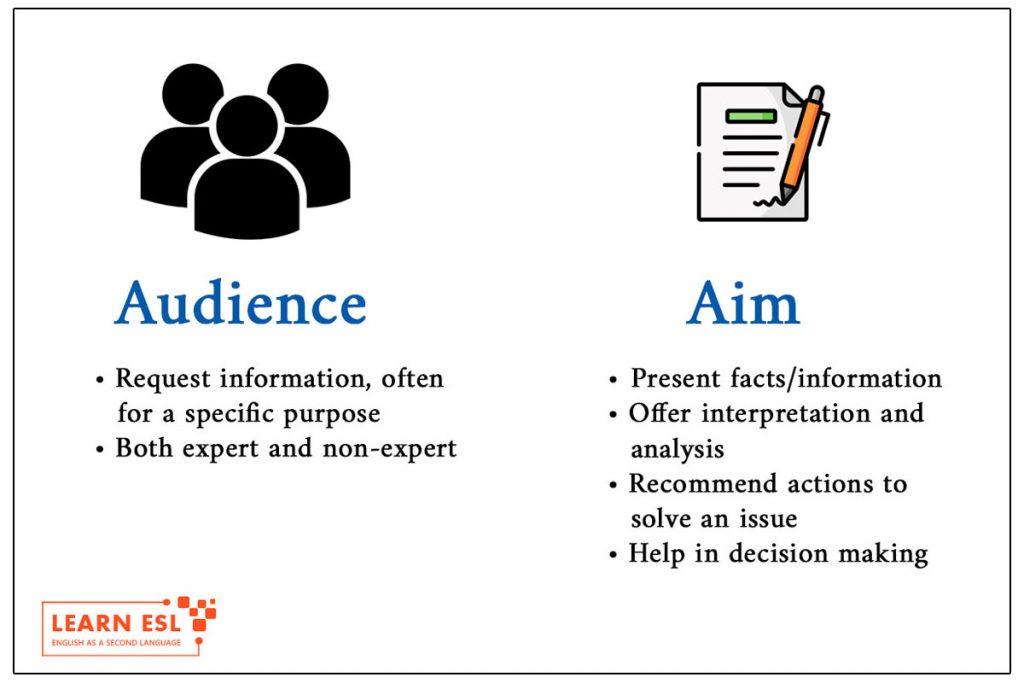You write a lot of business reports throughout your business career so it worths knowing what business reports are for, who they are for and how to structure one. In this article, I am going to tell you how to write the best business report and how to structure it to suit your audience and aim.
What is a Business Report?
Business reports are professional documents written for different purposes and a varied audience. They are often requested by a person or organization for a specific purpose. This request may come from within your organization or team, or from an external source wishing to engage you in a consulting role.
Whom to Write a Business Report?
You might be writing for someone who is an expert in your field, For example, preparing a sales report for your manager, or a non-expert, someone who has a completely different background to you.
One thing that is common is that in a professional context people are busy, and this affects how they read. They probably won’t read a report from beginning to end. Instead, they may scan for the information they need and read-only that section or they may go straight to the recommendations and go back to read the analysis later.
This means that you need to write with the reader in mind and place the key information where your reader expects it to be.
What is the Aim of A Business Report?
The aim of a business report is often to help the reader make a decision, by presenting facts and information, interpreting and analyzing that information, and making recommendations relating to the specific issue under investigation.
The Context of a Business Report
When you’re writing a report think of it as a communication process. You, as the writer, have an aim – something you need your reader to know, do, or understand.
You need to communicate this to your reader clearly so that they can use the information provided to achieve the intended outcome.

Also Read: How to Write a Daily Report in 5 Simple Steps
The Content, Structure, and Style of a Business Report
The content, structure, and style of your reports are determined by your audience and aim. Before you write, ask yourself:
- What and how much content should I include and in what form?
- How much background knowledge can I assume?
- Would visuals help to clarify this information?
- What’s the most logical way to present it to my reader?
- Will my audience understand highly technical language, or do I need to write for a non-expert?
General Features of Reports
We usually separate the content into three broad categories:
- Front Matter
- Body
- Back Matter
Front Matter
- Cover
- Title Page
- Executive Summary
- Table of Contents
- List of Figures
Front matter is anything that comes before the body of the report.
This varies according to the context, but usually contains a cover, title page, with a meaningful title, an executive summary, a table of contents, and if you’ve used a lot of graphics, sometimes a list of figures.
The executive summary is a standalone section that goes before the body of the report and provides a complete and concise summary of all sections within the report. It is not a part of the body.
The Body of a Business Report
The body of a report can vary greatly depending on function.
Introduction: Reports have an introduction, which provides background information and outlines the aim and structure for the reader.
Findings and Discussion: The body should be organized into clear sections that present and discuss the findings, with headings to indicate the focus of that part. In some reports findings and discussions are separate, and in others, you might find each finding is identified and then interpreted in the same section. It’s up to you to choose the most logical way to present the information for your reader and then indicate this clearly to your reader using specific headings.
Conclusion: Reports generally have a conclusion to briefly summarize the main findings, which leads to recommendations suggesting specific actions to resolve the issue under investigation.
Recommendations: If the focus of your report was to make recommendations you might find this becomes a section in the body before the conclusion. It’s always best to check the requirements of your brief so you know where to place your focus.
The Back Matter
After the body we find the back matter.
References: If your report required research you would put your reference list at the end.
Appendices: This section also contains appendices -anything that was too bulky to include in the paper, such as heavy data or anything you want your reader to be able to refer to.
So, having covered the main parts of a report hopefully, you now realize while there are certain common features how reports are organized can vary greatly depending on your focus.
General Tips For Writing Business Report
Analyze the context: As a professional document, consider your audience and aim carefully.
Write for your audience: Meet the expectations of your audience.
Chunk information and use a heading: Break the information in your report down into manageable chunks, and use clear and informative headings.
Analyze and interpret findings: Remember, you’re the expert. You need to analyze and interpret your findings. Tell your audience what they mean.
Consider logical flow: Make sure that the overall flow of information makes sense.
Examples of Business Report: You can find 50+ business report templates by clicking here.
Good luck writing your reports and if you have any questions or recommendations, please let us know by commenting in the comment section below.
Related Articles:


